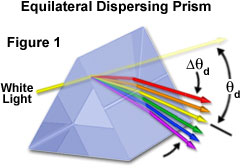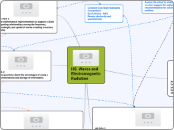
HS. Waves and Electromagnetic Radiation

HS-PS4-1.
Use mathematical representations to support a claim regarding relationships among the frequency, wavelength, and speed of waves traveling in various media.

HS-PS4-2.
Evaluate questions about the advantages of using a digital transmission and storage of information.

HS-PS4-5.
Communicate technical information about how some technological devices use the principles of wave behavior and wave interactions with matter to transmit and capture information and energy.

HS-PS4-4.
Evaluate the validity and reliability of claims in published materials of the effects that different frequencies of electromagnetic radiation have when absorbed by matter.

HS-PS4-3.
Evaluate the claims, evidence, and reasoning behind the idea that electromagnetic radiation can be described either by a wave model or a particle model, and that for some situations one model is more useful than the other.
Science and Engineering Practice
Using Mathematics and Computational Thinking
Engaging in Argument from Evidence
Asking Questions and Defining Problems
Disciplinary Core Ideas
PS4.A: Wave Properties
The wavelength and frequency of a wave are related to one another by the speed of travel of the wave, which depends on the type of wave and the medium through which it is passing.
Information can be digitized (e.g., a picture stored as the values of an array of pixels); in this form, it can be stored reliably in computer memory and sent over long distances as a series of wave pulses.
[From the 3–5 grade band endpoints] Waves can add or cancel one another as they cross, depending on their relative phase (i.e., relative position of peaks and troughs of the waves), but they emerge unaffected by each other.
